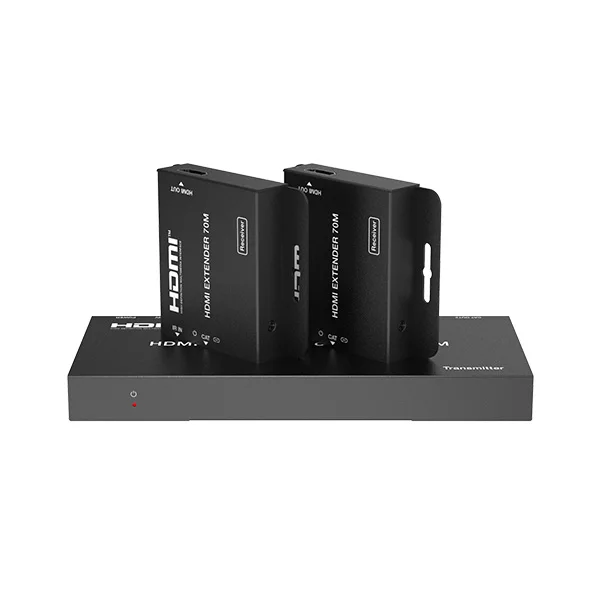Understanding what people buy the most on a daily basis provides valuable insights into consumer behavior, market trends, and economic patterns. From essential groceries to tech gadgets, the items that top daily purchase lists reveal much about societal needs and preferences. This article explores the categories of products that dominate everyday shopping, examines the factors driving these purchases, and discusses the implications for businesses and consumers alike.
Top Categories of Everyday Purchases
- Groceries:
- Staples: Items such as bread, milk, eggs, and rice consistently top grocery lists. These staple foods are essential for daily meals and reflect a fundamental aspect of consumer spending.
- Fresh Produce: Fruits and vegetables are key components of a healthy diet. Commonly purchased produce includes apples, bananas, carrots, and leafy greens.
- Snacks and Beverages: Convenience foods like chips, soda, and coffee are frequently bought, catering to both quick snacking and beverage needs.
- Household Products:
- Cleaning Supplies: Products such as detergents, disinfectants, and paper towels are essential for maintaining a clean living environment. Their regular purchase underscores the importance of hygiene and household upkeep.
- Personal Care Items: Daily necessities like toothpaste, shampoo, and soap are routinely bought for personal grooming and hygiene.
- Health and Wellness Products:
- Over-the-Counter Medications: Commonly purchased items include pain relievers, cold remedies, and vitamins, reflecting the ongoing need for health management.
- Fitness and Nutrition: Supplements, protein bars, and exercise equipment are frequently bought by those investing in their health and fitness routines.
- Technology and Gadgets:
- Smartphones and Accessories: Mobile phones and their accessories, such as chargers and cases, are among the top tech purchases due to their integral role in modern life.
- Home Appliances: Items like coffee makers, microwaves, and vacuum cleaners are essential for convenience and efficiency in daily living.
- Clothing and Personal Items:
- Basics and Essentials: Items like socks, underwear, and basic clothing pieces are frequently purchased, reflecting ongoing needs for everyday wear.
- Seasonal Items: Depending on the time of year, consumers may buy seasonal apparel and accessories, such as coats in winter or swimwear in summer. Factors Influencing Everyday Purchases
- Convenience: Products that offer ease of use and accessibility often see higher purchase rates. The rise of online shopping and home delivery services has increased the convenience of buying everyday items.
- Price Sensitivity: Cost plays a significant role in purchasing decisions. Consumers often look for value for money, leading to the popularity of budget-friendly or discounted products.
- Brand Loyalty: Familiarity with brands can drive repeat purchases. Consumers tend to stick with brands they trust, especially for essential items like groceries and personal care products.
- Health and Wellness Trends: Growing awareness of health and wellness influences consumer choices. Products that align with health trends, such as organic foods or fitness equipment, are increasingly popular.
- Technological Advancements: Innovations in technology impact purchasing behavior. The introduction of new tech products and accessories can quickly drive high sales volumes. Market Implications
- Retail Strategies: Businesses need to adapt to consumer preferences and purchasing patterns. Understanding the most bought items allows retailers to optimize inventory, tailor marketing strategies, and offer promotions that resonate with customers.
- Product Development: Companies can use insights into everyday purchases to drive product innovation. Developing new items that address current consumer needs or preferences can capture market share.
- Economic Indicators: Analyzing trends in everyday purchases provides insights into broader economic conditions. Changes in spending patterns can reflect shifts in economic stability, consumer confidence, and overall market health.
- Sustainability Considerations: As consumers become more environmentally conscious, there is a growing demand for sustainable products. Businesses that prioritize eco-friendly options and practices can appeal to this segment of the market. Conclusion
The most frequently purchased items reveal much about contemporary consumer behavior and market dynamics. From essential groceries to cutting-edge tech gadgets, these everyday purchases highlight the practical needs and evolving preferences of modern shoppers. For businesses and consumers alike, staying informed about these trends offers valuable opportunities to adapt and thrive in an ever-changing market landscape.
